Affiliate links on Android Authority may earn us a commission. Learn more.
Which Android phones predicted the future?
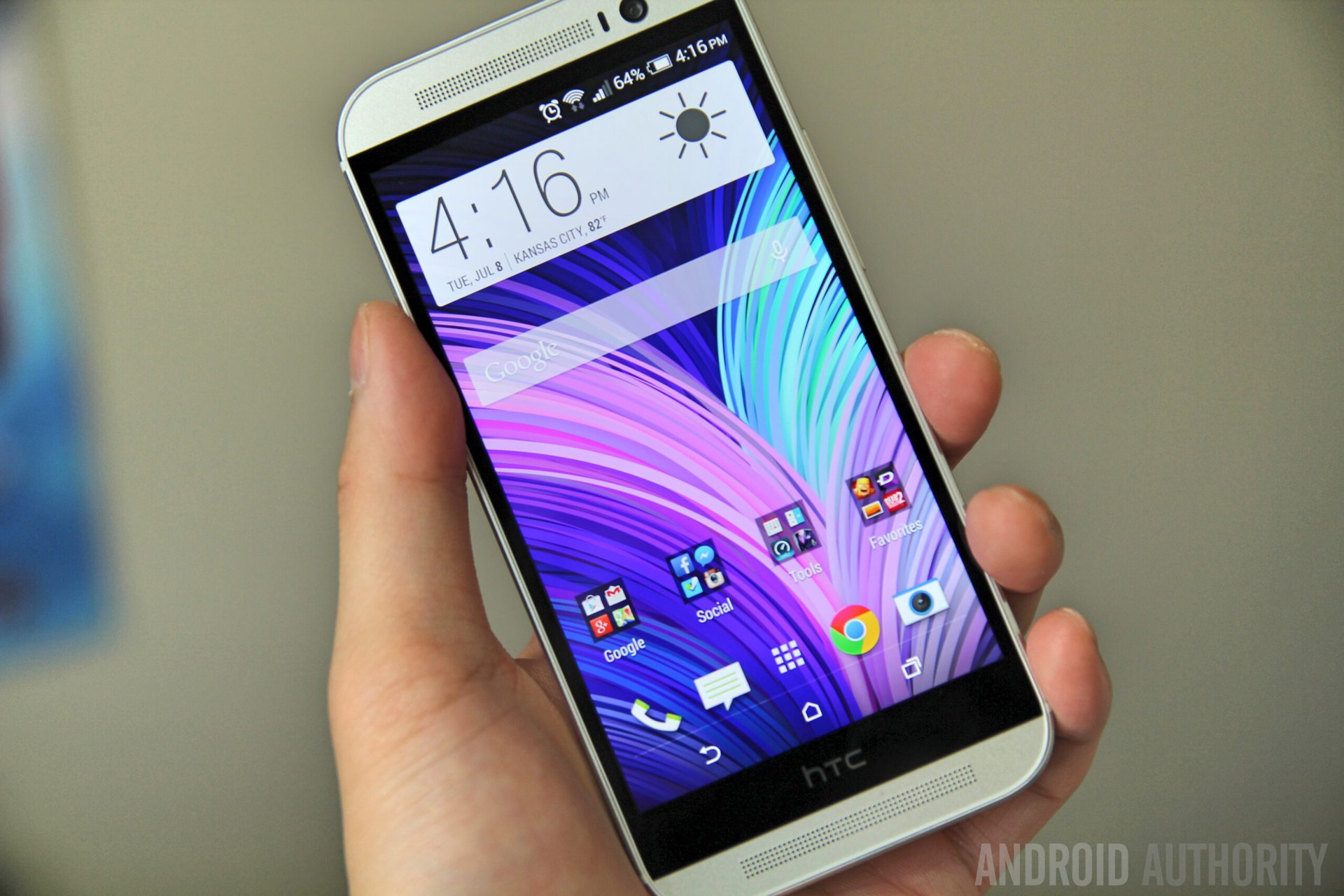
The fact that smartphones are essentially pocket-sized computers has never been more apparent than it is today. Take the latest iPhone or Galaxy out of your pocket and try to think of something that the device can’t do: Web browsing? That’s old news. Mobile applications? Got those in spades. Cameras of such a high quality that standalone point-and-shoots are all but obsolete? You betcha. High-definition portable media consumption? Check. Wireless printing? Assuming anybody ever needs to print anything on actual paper these days, yes, that’s here, too. And the list goes on and on.
With such accouterments now a standard part of the smartphone experience, it’s easy to forget that it wasn’t very long ago that the smartphone was just coming into its own. Mobile web-browsing was a standout feature and a smartphone display’s pixel-per-inch count could barely even conceive of crossing into the triple digits. But the smartphone has grown, evolved, matured. The current lineup of smartphones have biometric security with fingerprint- and iris-scanning. Plus, we’ve seen that mobile phones could conceivably double as a replacement for your desktop computer (re: Samsung’s DeX and projects like the Superbook).
Although I’ve made no contribution to the advancement of smartphones or mobile technology, the tech-lover in me is quite proud to see that the smartphone has become a burgeoning industry. To honor the prominent place that this technology now holds, for better or worse, in our hearts and daily lives, let’s take a moment to look back on the Android phones that predicted the future, one feature at a time. What’s interesting is many of the most lasting features actually debuted in phones that were less than runaway hits at the time.
Dell Streak and big screens
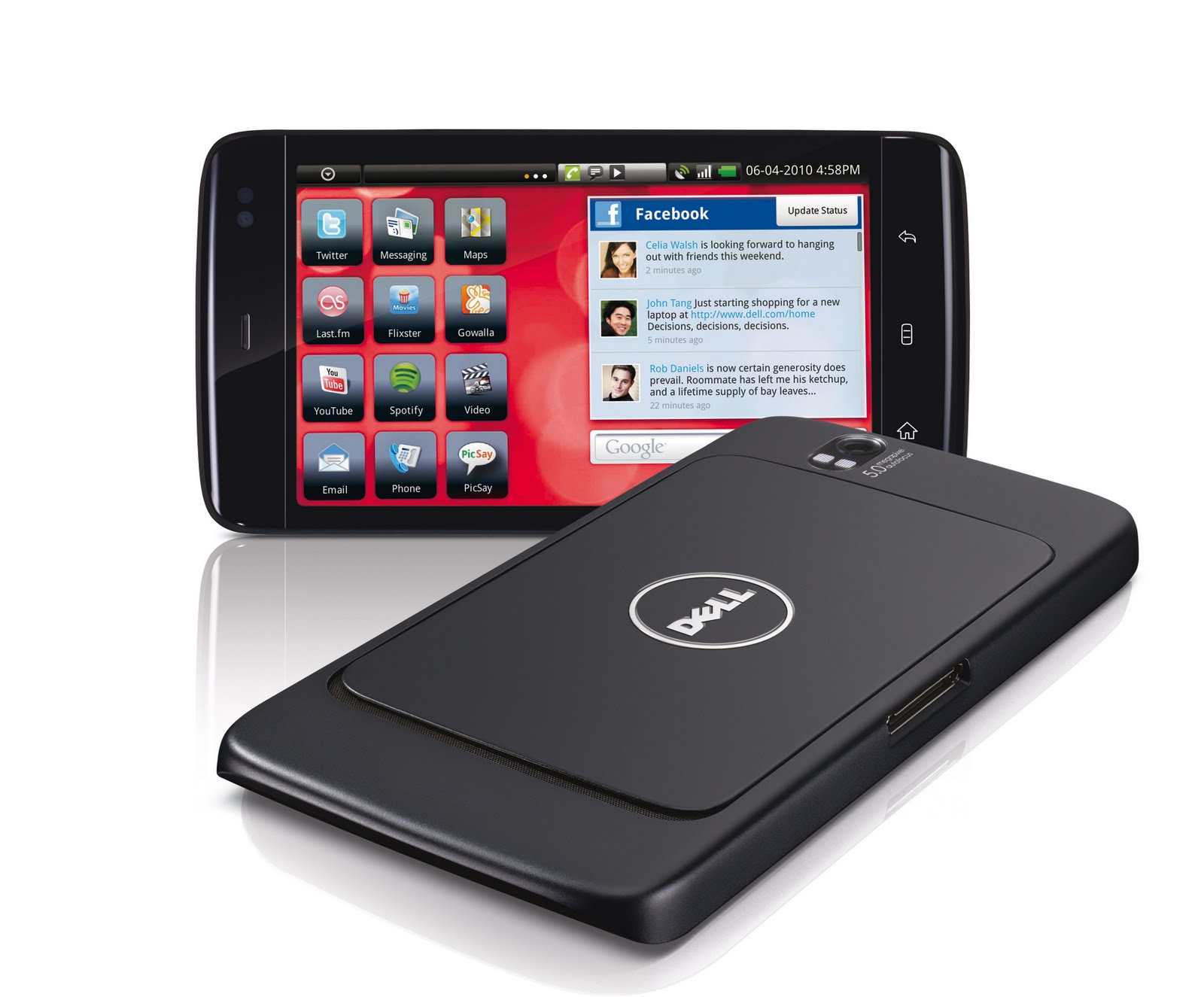
Dell was never a big name in the Android world, and today doesn’t even offer smartphones. Despite this, Dell actually was among the first to truly embrace big screens with the Dell Streak 5. At the time, the 5-inch display was considered absolutely massive. Of course, back then, bezels were much thicker than they are on today’s devices.
Dell never hit it big with the Streak 5, but it seemingly inspired plenty of other smartphone makers to aim for bigger screens, including Samsung with its original Galaxy Note. The Galaxy Note is essentially credited for making bigger phones more popular, but it was Dell that truly dived in first. It’s interesting to think just how much screen size has changed, with a large chunk of mainstream phones these days easily hitting 5.5-inches or larger.
LeTV Le 1 and USB Type-C
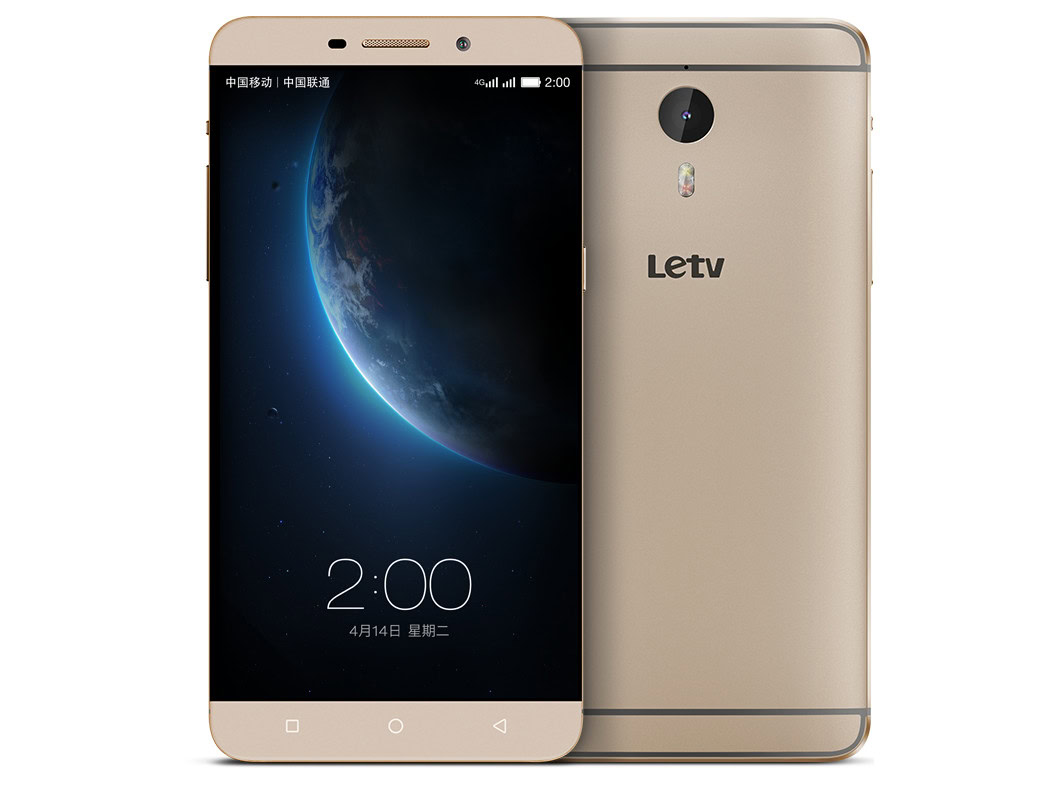
Wired interfacing with smartphones has always been done via USB OTG (which stands for “on the go”). In the Android world, wired interfacing with smartphones was almost always done via the micro-USB connector, which is still seen on phones today (albeit less and less frequently). While some might say it was limitations in data and power transmission, arguably the biggest issue with micro-USB was that it had to be inserted in a specific orientation; if you tried to insert a upsidedown micro-USB connector into the corresponding micro-USB port of an Android smartphone, it was like trying to force a square peg into a round hole. No dice.
In the late summer of 2014, USB Type C was unveiled. This next-generation USB OTG connector was both reversible (hallelujah!) and could transfer data much faster than previous generations. Both Apple and Google quickly began to adopt the technology with Apple’s MacBook and Google’s Pixel tablet line donning USB Type-C ports. However, the designation of “first smartphone to ever have USB Type-C” goes to the LeTV Le 1, released in the spring of 2015. Of course, there would be numerous others to follow soon thereafter, including the HUAWEI-made Google Nexus 6P and 5X. Fast-forward to 2017 and USB Type-C is very nearly the universal standard among smartphones.
HTC One M8 and dual rear cameras
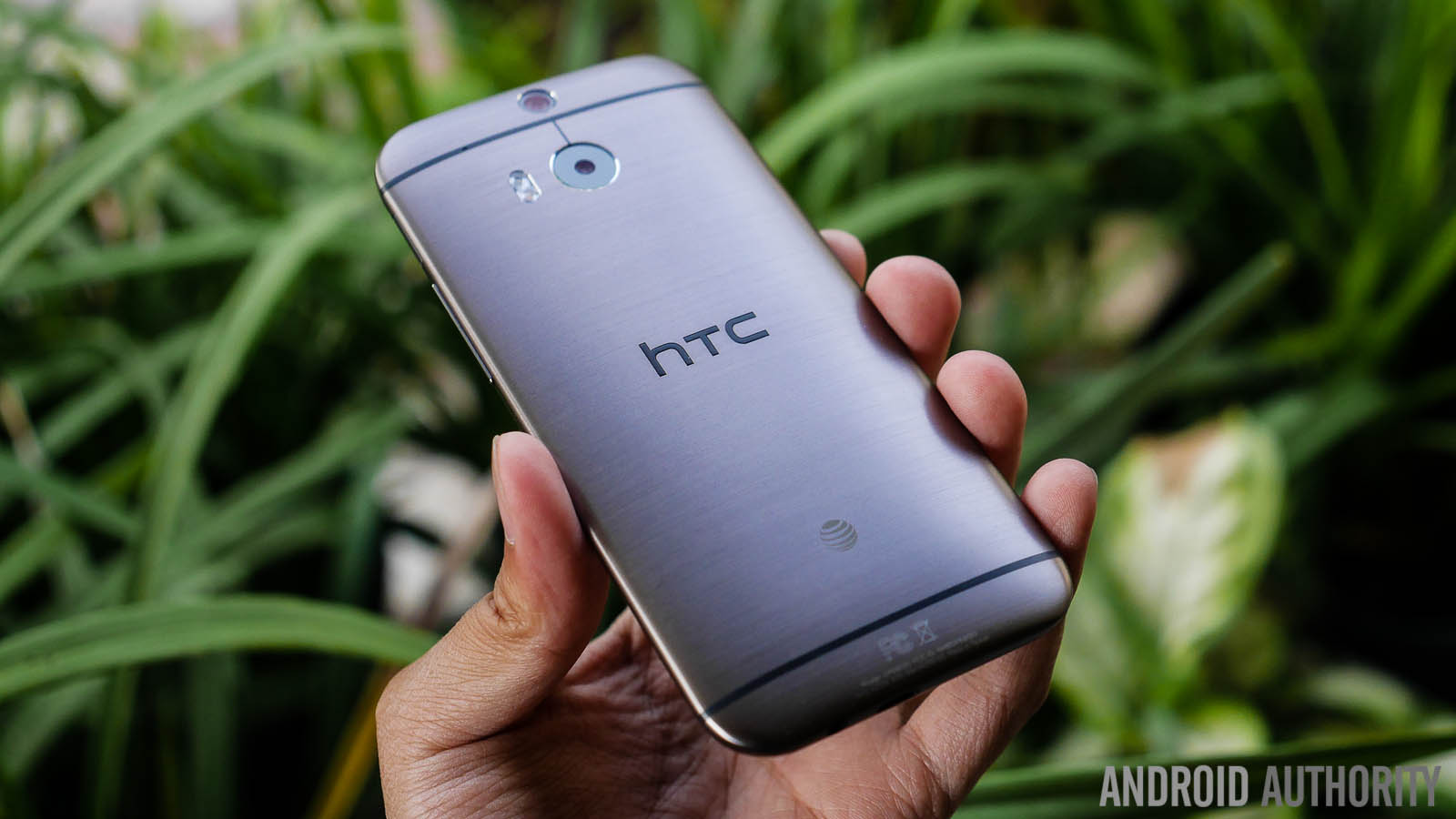
Mainstream consumers who are less dialed-in when it comes to tech may not be familiar with the HONOR brand, but a number of us might reflexively attribute the first dual-camera setup on a smartphone to the HONOR 6 Plus; however, that’s not exactly true. Before the HONOR 6 Plus was released at the tail end of 2014, HTCreleased the One M8 with its dual rear-facing cameras in March.
Although the HTCrenaissance hadn’t yet started with the HTC10, the One M8 was a very well-received device. It was a strong performer in terms of processing power, had an admirable display, and the ever-popular front-facing BoomSound speakers were present. Ironically, it was the device’s camera performance that many found lacking. The purpose of the extra sensor was to feed additional depth data to the primary camera, which would, in theory, result in a better and more crisp photo. Unfortunately, the primary camera wasn’t all that great to begin with; dynamic range was poor and all but the best-lit conditions were difficult environments in which to shoot. Fortunately, the fate of the dual cameras didn’t actually rest on the performance of the One M8 in the photography department as we’re beginning to see dual-camera smartphones released regularly from many of the industry’s biggest players.
vivo Xplay 3S and QHD display
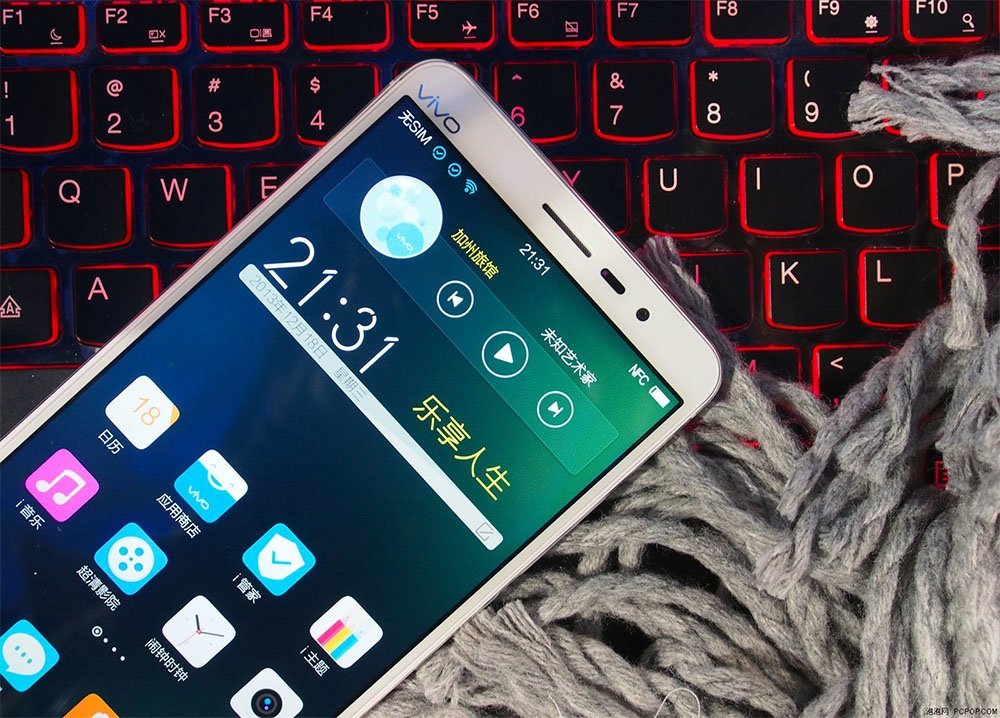
Remember when HD (720p) was the pinnacle of smartphone display technology? Nowadays, it’s 1440p QHD that is all but standard when it comes to mobile displays, resulting in more and more consumers scoffing at 1080p FHD. However, it wasn’t all that long ago when 1080p was as good at is got. We owe the genesis of our obsession with pixel count to the vivo Xplay 3S.
First unveiled in late 2013, the vivo Xplay 3S featured a six-inch display with 2560×1440 resolution; in other words, it was a 2K display. At the time, it had been just a year since 1080p display technology began appearing on smartphones, but vivo was keen on giving us another big push into the future. In hindsight, display quality was the perfect smartphone feature with which to innovate, especially since many of us use our smartphones quite extensively for mobile media consumption. Today, flagship-level smartphones almost always feature 1440p QHD displays, which have even begun to appear on mid-range, “budget flagships”.
HTC Droid DNA and wireless charging
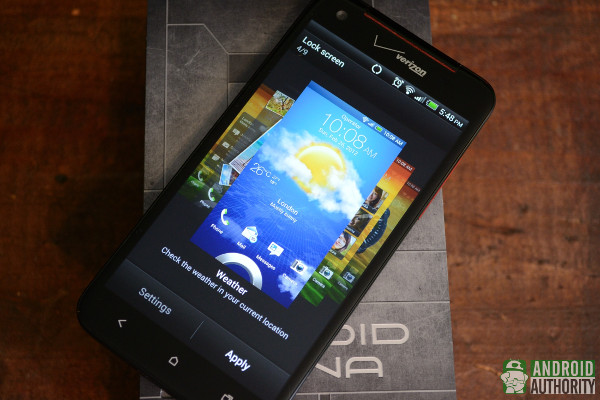
Even though we take them for granted today, smartphones still feel a lot like a futuristic, Jetsons-like form of technology, and they continue to get more and more advanced. At this stage in the game, many of us are dreaming of a world where our pocket-sized computers are can interface with the internet and other devices while never being tethered by any wires. We’re nowhere near that world yet, but we’ve taken some steps in that direction with things like Bluetooth and wireless charging.
The first Android smartphone to sport wireless charging was the HTC Droid DNA; coincidentally, it was also the first Verizon smartphone with a 1080p display, but that’s beside the point. Released in December of 2012, the Droid DNA featured a non-removable 2020 mAh battery, which is puny by today’s standards, and built-in Qi wireless inductive charging. It goes without saying that wireless charging has quite taken off in the same way that 1440p displays and USB Type-C have, but there is a growing roster of smartphones that support Qi charging, whether built-in or via an add-on accessory. The main issues with wireless charging is that it’s slower and it basically means being unable to use your phone while it charges since the phone has to be making contact with the charging pad to receive power; however, as Samsung’s wireless fast-charging pods have proven, this technology is still improving and will only continue to grow as we move forward.
LG G6 and 18:9+ aspect ratio
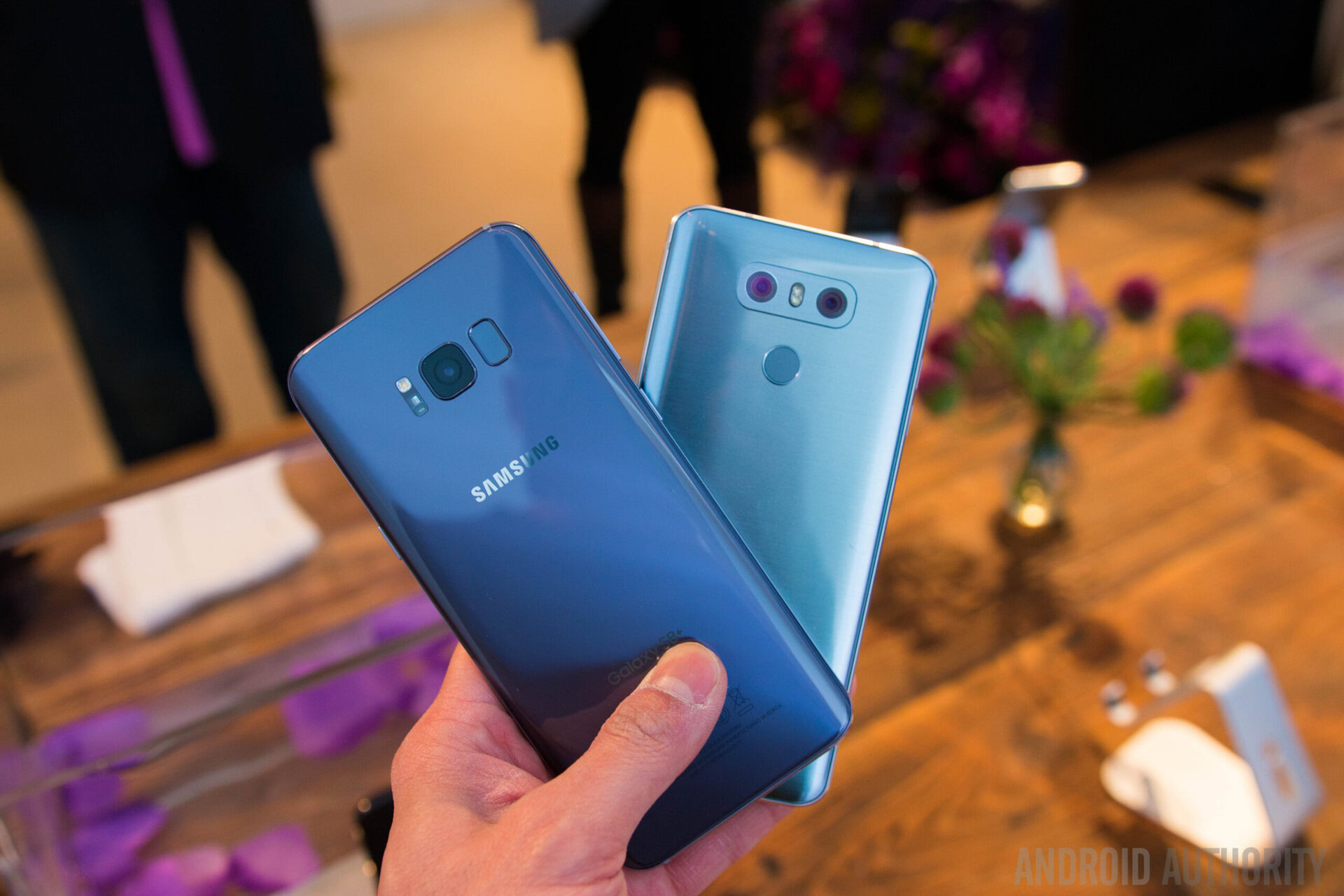
You’ve probably noticed a major trend in smartphones, which is that they’re getting bigger and bigger and bigger. Back in the flip-phone days, we wanted small and slim, but with video streaming and media consumption being a top function of today’s smartphones, we need all the screen real estate we can get. It’s getting to the point where we don’t really hear the term “phablet” anymore because virtually all smartphones feature 5.5-inch displays or larger. The problem with smartphones continuing to grow in size is that they’re becoming unwieldy, and that’s where the new aspect ratio comes in.
Until the LG G6, the aspect ratio of virtually all smartphones was 16:9, which is the same aspect ratio of computer monitors, most laptop displays, and even our high-definition televisions. Basically, the 16:9 aspect ratio means that the rectangular display is 16 units across and 9 units high. The G6 was notable because it launched with an aspect ratio of 18:9 (or 2:1), meaning that it’s twice as long as it is wide. In short, this aspect ratio allows you to put a bigger display on a smartphone while either maintaining its width or possible even decreasing it. Since it’s a smartphone’s width that determines whether it can be used single-handedly, the 18:9 aspect ratio means we can have a smartphone with a larger display without it feeling like a larger phone.
Seeing the 18:9 aspect ratio on the LG G6 was odd at first, but Samsung’s Galaxy S8 and S8 Plus have just launched with an 18.5:9 aspect ratio; in other words, the S8 devices’ displays are slightly more than twice as long than they are wide. With two of the biggest smartphone manufacturers in the world making smartphones with an 18+:9 aspect ratio, it’s safe to assume we’ll be seeing this on many more to come.
But now I want to hear from you. What do you think were the smartphone features that predicted the future? Did you personally own one of the phones I mentioned above? What kinds of features do you think we’ll be seeing from smartphones in the months and years to come? Sound off in the comments below.